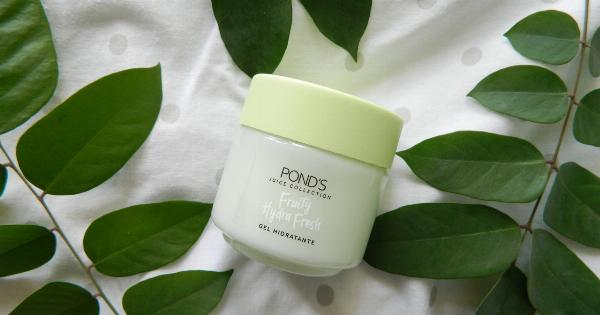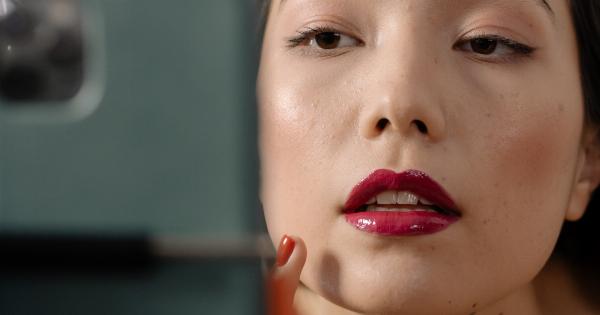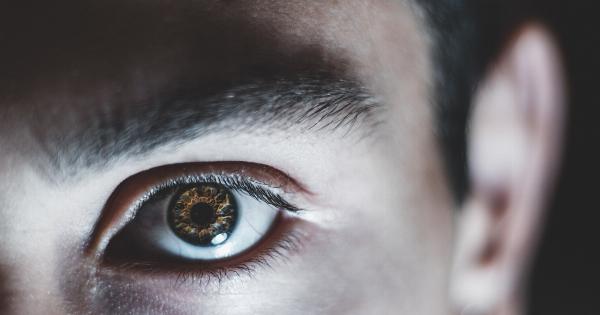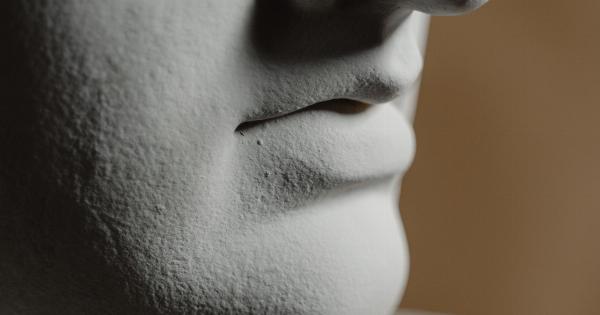When it comes to lip care, most of us have experienced irritation and discomfort at some point. Whether it’s a burning sensation or dryness, these issues can be quite bothersome.
In some cases, the irritation specifically targets the edges of the lips, making it even more uncomfortable. So, why do some products irritate lips on the edges? Let’s take a closer look.
The Role of Ingredients
One of the main culprits behind lip irritation is the ingredients found in lip care products. Some ingredients have a higher likelihood of causing irritation, especially when they come into contact with the sensitive skin on the edges of the lips.
Common Irritating Ingredients
Several ingredients commonly found in lip care products can lead to irritation:.
1. Fragrances: Artificial fragrances or strong essential oils can cause a burning or stinging sensation on the lips, particularly on the edges where the skin is thinner.
2. Menthol and peppermint: While they provide a cooling sensation, products containing menthol or peppermint can be drying and irritating to the skin.
3. Salicylic acid and retinol: These ingredients are often used in lip exfoliators to remove dead skin cells. However, they can also cause dryness and irritation, especially if used in high concentrations.
4. Silicone: Some lip balms and glosses contain silicone derivatives, which can create a barrier on the lips but may not be well-tolerated by everyone. Silicone can cause a drying effect and irritate the edges of the lips, leading to discomfort.
5. Lanolin: Derived from sheep’s wool, lanolin is commonly used in lip balms. While it can be moisturizing for many people, some individuals may be allergic to it, resulting in redness and irritation.
Excessive Exfoliation
Exfoliating the lips can help remove dead skin cells and promote a smoother texture. However, excessive exfoliation can lead to irritation, especially on the delicate edges of the lips.
It is essential to be gentle when exfoliating and avoid overdoing it, as it can disrupt the skin’s natural protective barrier.
Frequency of Product Application
Using lip care products too frequently can also cause irritation. When applied excessively, the ingredients in lip balms or glosses can build up on the lips, leading to potential irritation and discomfort, particularly on the edges.
Reaction to Certain Formulations
Some individuals may have a specific sensitivity or allergy to certain ingredients or formulations. Even ingredients that generally do not cause irritation in most people can cause problems for individuals with sensitivities.
It’s important to pay attention to how your body reacts to different products and adjust your lip care routine accordingly.
Misusing Lip Products
The way you use lip products can also contribute to irritation on the edges of your lips. Some common mistakes include:.
1. Incorrect application technique
Applying lip products using excessive pressure or rubbing them harshly can cause friction and irritation, particularly on the edges. It is best to apply lip balms, glosses, or lipsticks gently using light pressure.
2. Sharing lip products
Sharing lip products, such as lip balms or lipsticks, can introduce bacteria or viruses, potentially leading to irritation or infections. It’s always advisable to use your own products to minimize the risk of irritation on the edges of the lips.
3. Using expired products
Expired lip care products may lose their effectiveness and can potentially harbor bacteria, leading to irritation or infections. It is crucial to regularly check the expiration dates of your lip care products and discard any that are past their prime.
Tips to Prevent Lip Irritation
Here are some tips to help prevent irritation of the lips, especially on the edges:.
1. Read ingredient labels
Pay attention to the ingredients in lip care products and avoid those known to cause irritation. If you have a history of sensitivity, opt for fragrance-free or hypoallergenic options.
2. Patch test
If you’re trying a new lip product, consider doing a patch test. Apply a small amount to the edge of your lips and monitor for any signs of irritation. If no adverse reactions occur within 24 hours, it is likely safe to use the product.
3. Choose gentle exfoliators
When exfoliating your lips, opt for gentle exfoliators specifically formulated for the lips. Avoid using harsh scrubs or abrasive materials that can irritate the skin.
4. Limit product application
Avoid applying lip care products excessively throughout the day. Use them when necessary, such as when your lips feel dry or chapped.
5. Protect your lips
Shield your lips from extreme weather conditions, such as harsh winds or extreme cold, by wearing a scarf or using a lip balm with SPF. This can help prevent dryness and irritation.
Conclusion
Irritation on the edges of the lips can be caused by various factors, including certain ingredients, excessive exfoliation, or misuse of lip products.
To prevent such irritation, it is essential to choose lip care products thoughtfully, be mindful of the application technique, and take steps to protect your lips. Understanding your skin’s sensitivity and adjusting your lip care routine accordingly can go a long way in maintaining healthy and comfortable lips.






























